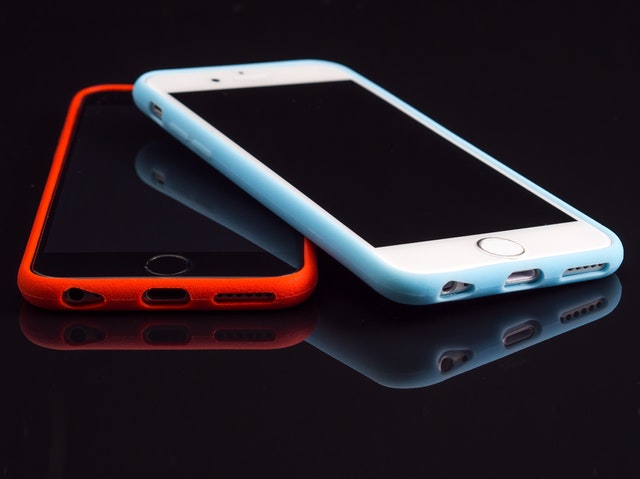What are the Main Elements of a Mobile Device Management (MDM) Solution?

Mobile device management is a critical component of enterprise mobility management. Businesses must find ways to manage their employees’ devices and optimize them for business use. The complexity of the mobile ecosystem and the dire need to manage the threat arising from it, forced businesses to resort to mobile device management solutions. The high demand has spawned an enormous number of MDMs out there.
If you are in the process of selecting one for deploying in your organization, you must be aware of the critical elements of an effective MDM. Cloud Security Alliance (CSA) Mobile Working Group has identified a total of 17 key elements of an effective MDM solution. Here are the most important of them.
Unified Endpoint Management
An effective MDM solution should enable application management, file & data sharing/synchronization management, and device support. This includes device and app provision, selective wipe, remote wipe, and remote lock features. The MDM solution should bring seamless management of devices across multiple platforms from a centralized console. This can include different device types like laptops, wearables, smartphones, sensors, IoT devices, and more on various operating systems.
Application Management
The capability to control application installations, permissions, feature restrictions, and restrict changes to their permissions in mobile devices is crucial for enterprises. Blanket blacklisting and whitelisting features are indispensable. Most importantly, the capability to distribute enterprise apps via an enterprise app store, auto update them, and manage them through a unified interface is also essential for medium and large businesses.
Simplified Security and Support Management
The objective of the enterprise mobility strategy is to boost productivity and give the organization a competitive edge in the industry. The key to unlocking these benefits is the maximization of mobile device utilization. If the mobile device users face any problems with their devices, then the MDM solution should allow admins to diagnose, troubleshoot, and monitor device health remotely. They should be able to address potential issues proactively in order to prevent disruptions to workflows, and when the issues do pop up, they must be able to resolve them quickly, preferably without any physical access to the devices.
Robust Security & Access Management
The MDM solution should be capable of enforcing enterprise security policies. Device access management is a key feature. Access to device features, corporate network, and enterprise apps should be governed by the user’s organization role. Data security is another crucial piece of the mobile security puzzle. Some vendors offer built-in file sharing and syncing features. Others add security layers for transferring data over third-party services like Dropbox or Emails.
Lockdown Feature
In some industries, such as retail, the lockdown feature is highly coveted. It comes with a kiosk mode, which allows businesses to turn their mobile devices into specific-purpose devices. The applications are many. A tablet can be turned into a POS, or an information kiosk. Likewise, phone devices in kiosk mode can be used to offer store-branded experiences to visitors. Likewise, other smart devices like smart TVs can be converted into digital signage for store-branded advertisements.
Many of these may be a lot to ask for and other could be useless depending on your use case but having a healthy wish list and understanding the benefits of these features is not a bad thing. The correct way to find the MDM you need is to consult with a mobility expert and got through a through questioner to narrow down solutions for your organization.